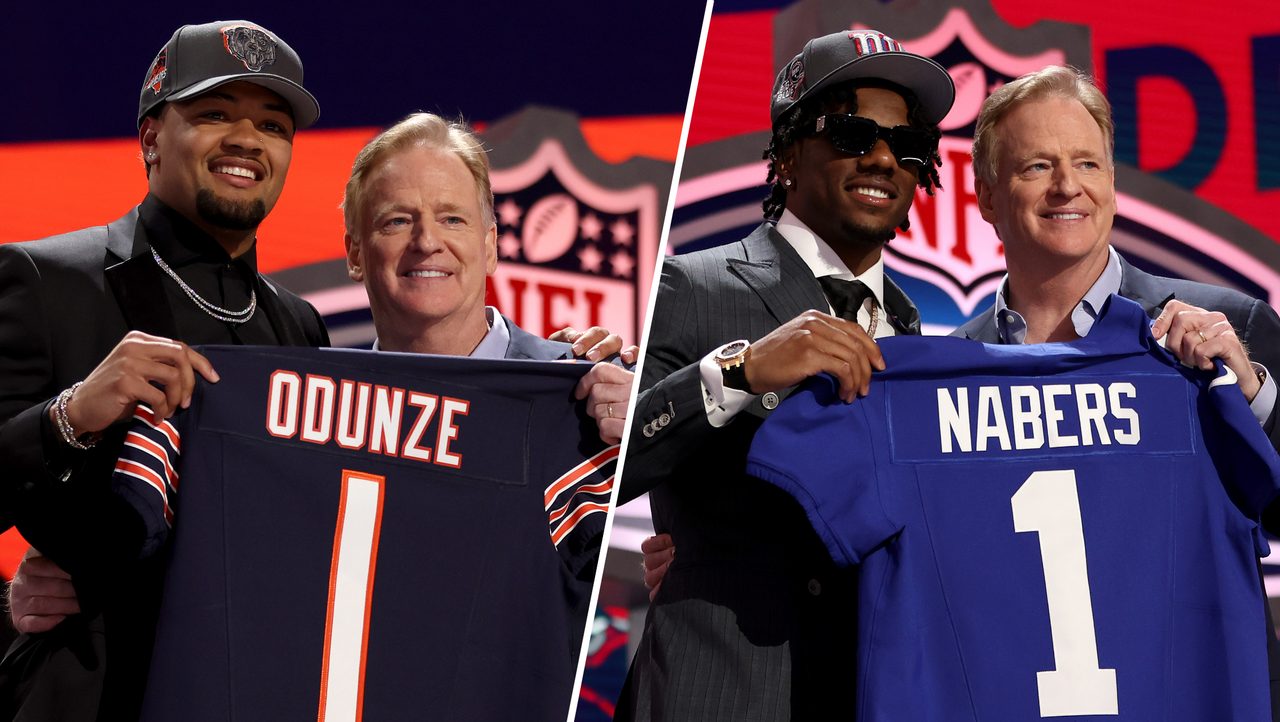As the last stragglers cross the finish line of the New York City Marathon and sanitation crews begin sweeping up the tons of paper cups, plastic water bottles, and energy wrappers, Mary Wittenberg is already planning for next year's race.
"It's a massive undertaking that I think rivals any other major sports event," said Wittenberg, the president of the New York Road Runners, who describes the yearly running ritual as a mixture of the Super Bowl and Olympics.
Sunday's race is expected to draw more than 2 million spectators cheering on over 38,000 runners entertained by 120 live bands and assorted oddball acts along a boisterous, five-borough course.
"What sets New York apart is that it's a 26.2 mile block party through the greatest city in the world," Wittenberg said.
Producing that spectacle takes a staff of 100 New York Road Runner members working year round with thousands of volunteers, an alphabet soup of city agencies, law enforcement, military, broadcasters, and corporate sponsors.
"First we focus on the elements that we can control and then we study and plan for the elements that we can't control," Wittenberg said.
Last year, brutal heat halted the Chicago Marathon when hundreds of runners collapsed and scores were hospitalized, and in Boston, a snow storm briefly threatened their marathon.
Sports
Although a clear and cool 52 degrees is predicted for Sunday, organizers will provide plenty of hydration along the course, including over 63,000 bottles of water and 32,000 gallons of Gatorade. Also on hand will be 41 medical stations stocked with assorted supplies, including 11,410 pounds of ice.
"We are better positioned than any race in the world in terms of being able to handle emergencies because we work hand in glove with the city agencies," Wittenberg said.
The New York City Police Department has to make sure no other events impede the race.
"We work with the club throughout, from the beginning, and the briefings become more frequent as the day approaches," said NYPD spokesman Paul Browne.
On race day, the NYPD's job is a delicate dance of diverting traffic and securing the route, establishing barriers and opening them up sequentially as the race progresses.
"It always has a festive feel to it," Browne adds.
The New York City Department of Transportation does its part, too, with its crews out in front of the race plugging potholes.
The marathon's technical director, Peter Ciaccia, gets on a bicycle weeks before the race and rides the entire course "looking for every nuance, every crack in the road."
"Any little change in that road surface we have to get fixed, any obstruction we have to get removed." Ciaccia said. "This kind of process goes on right until race morning."
Ciaccia also frets about how to get thousands of runners to the start line staging area on Staten Island. A system of buses and ferry boats will transport the runners. Also, 68 UPS trucks will deliver runners' personal belongings from the start to the finish line.
Then there's the installation of timing mats that -- if everything goes right -- will feed data to the worldwide television viewers.
Besides the actual race, there's the planning for a Marathon Health and Fitness Expo, a marathon-eve dinner that dishes out 7,000 pounds of pasta, and the nurturing of 2,800 credentialed media.
By the time it's all over, an army of sanitation crews will follow just behind the throng of runners and collect an estimated 130 tons of litter and debris.
"At the end of the end of the day our responsibility is to stage a safe race and that we deliver every person to the finish line," Wittenberg said.



